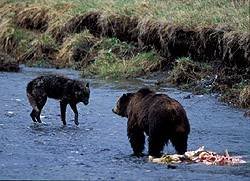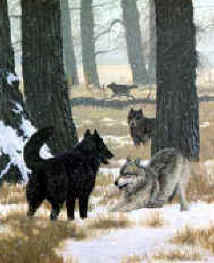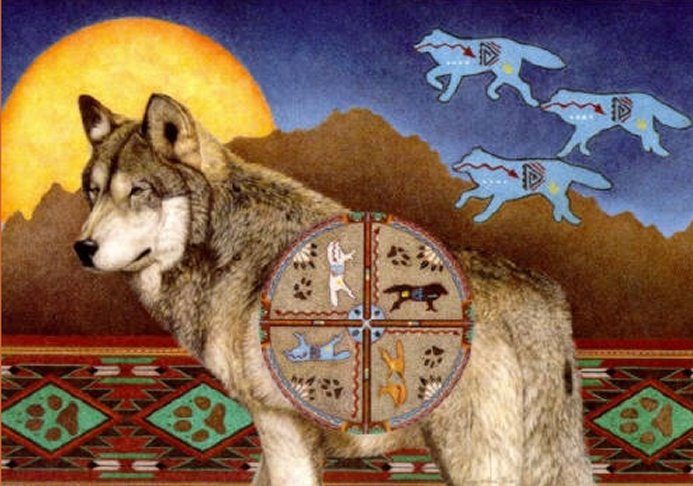Egg Nog is a unique Anglo-American beverage. Its origins are lost to time, but we know it was popular on both sides of the pond by the 17th century. In the UK, it was made with cream, eggs and wine or ale. On this side of the pond, with wine heavily taxed, rum, both cheap and plentiful, was used to fortify the nog. In any event, egg nog has become synonymous on both sides of the pond with Christmas celebrations.
There are thousands of varying recipes for this unique drink. Many of the older recipes call for aging, from days for up to a year, to allow for the curing of the raw eggs and the mellowing of the tastes. Here are three recipes that sound particularly interesting:
___________________
Colonial Egg Nog - this one comes to us from George Washington's kitchen:
1 cup brandy
1/2 cup sherry wine
1/2 cup Jamaican rum
1/2 cup whiskey
12 eggs, separated
3/4 cup white sugar
1 quart whole milk
1 quart heavy cream
1 quart vanilla ice cream, for serving
1 tablespoon freshly grated ground nutmeg, for garnish
Directions
1. Pour the brandy, sherry, rum, and whiskey into a bowl.
2. Place the egg yolks and egg whites into two separate, large mixing bowls. Set the egg whites aside. Beat the egg yolks until light and frothy. Gradually beat in the sugar until the egg mixture is light colored. 3. Slowly beat in the liquor mixture. With the mixer still running, pour in the milk and heavy cream until thoroughly blended.
4. Using a clean beater, beat the egg whites until soft peaks form. Gently fold the egg whites into the milk mixture. Pour into two clean, gallon-size plastic milk containers. Refrigerate at least 5 days, or 10 days for an even smoother taste. Shake the container occasionally to keep the alcohol from separating.
5. To serve, pour the eggnog into a punch bowl. Whisk to blend milk mixture, add the quart of vanilla ice cream, and garnish with nutmeg.
___________________
CHOW note: Unlike most eggnog recipes, this one calls for aging the eggnog for at least 3 weeks prior to consumption (or up to a year, says CHOW contributor Jonathan Hunt), which allows the flavors to meld. At CHOW, we aged the eggnog in the refrigerator in a clean 1-gallon jug, and it worked just fine.
Game plan: It’s good to give the eggnog a full 3 weeks of aging, but you can drink it right away; however, the flavor will be less rounded.
INGREDIENTS
For the eggnog:
12 large eggs
2 cups granulated sugar
1 cup heavy cream
1 quart (4 cups) whole milk
1 liter (about 4 cups) bourbon, such as Jim Beam
1/2 cup Myers’s dark rum
1/2 to 1 cup good Cognac or other brandy
Pinch kosher salt
1 whole nutmeg
To serve (optional):
10 egg whites
1 1/2 cups heavy cream
INSTRUCTIONS
For the eggnog:
1. Separate egg yolks and whites. Combine yolks and sugar in a large mixing bowl and whisk until well blended and creamy.
2. Add cream, milk, bourbon, rum, Cognac (use the good stuff), and salt, then stir.
3. Bottle it right away and refrigerate it until it’s ready.
4. It’s traditional to wrap the bottle in aluminum foil, shiny side out, together with a fresh nut of nutmeg tucked into the foil for grating later. Keep refrigerated for at least 3 weeks, or up to a year if you can.
To serve (optional):
Serve aged eggnog on the rocks with some freshly grated nutmeg on top. If you want to serve the eggnog in the traditional way, pour it into a punch bowl. In separate bowls, whip 10 egg whites and 1 1/2 cups heavy cream to soft peaks and fold them into the eggnog. Serve in punch cups, garnished with freshly grated nutmeg.
___________________
This recipe from
All Kitchen is good if you have limited time to age the egg nog:
4 cups milk
5 whole cloves
1/2 teaspoon vanilla extract
1 teaspoon ground cinnamon
12 egg yolks
1 1/2 cups sugar
2 1/2 cups light rum
4 cups light cream
2 teaspoons vanilla extract
1/2 teaspoon ground nutmeg
Directions
1. Combine milk, cloves, 1/2 teaspoon vanilla, and cinnamon in a saucepan, and heat over lowest setting for 5 minutes. Slowly bring milk mixture to a boil.
2. In a large bowl, combine egg yolks and sugar. Whisk together until fluffy. Whisk hot milk mixture slowly into the eggs. Pour mixture into saucepan. Cook over medium heat, stirring constantly for 3 minutes, or until thick. Do not allow mixture to boil.
3. Strain to remove cloves, and let cool for about an hour.
4. Stir in rum, cream, 2 teaspoon vanilla, and nutmeg. Refrigerate overnight before serving.
___________________
I have tried many different recipes, and have several gallons of nog from the above recipes in my fridge at the moment. I prefer to use spiced rum or Southern Comfort for the rum. But its all good.
Enjoy and have a merry Christmas.
Read More...
Summary only...







































































